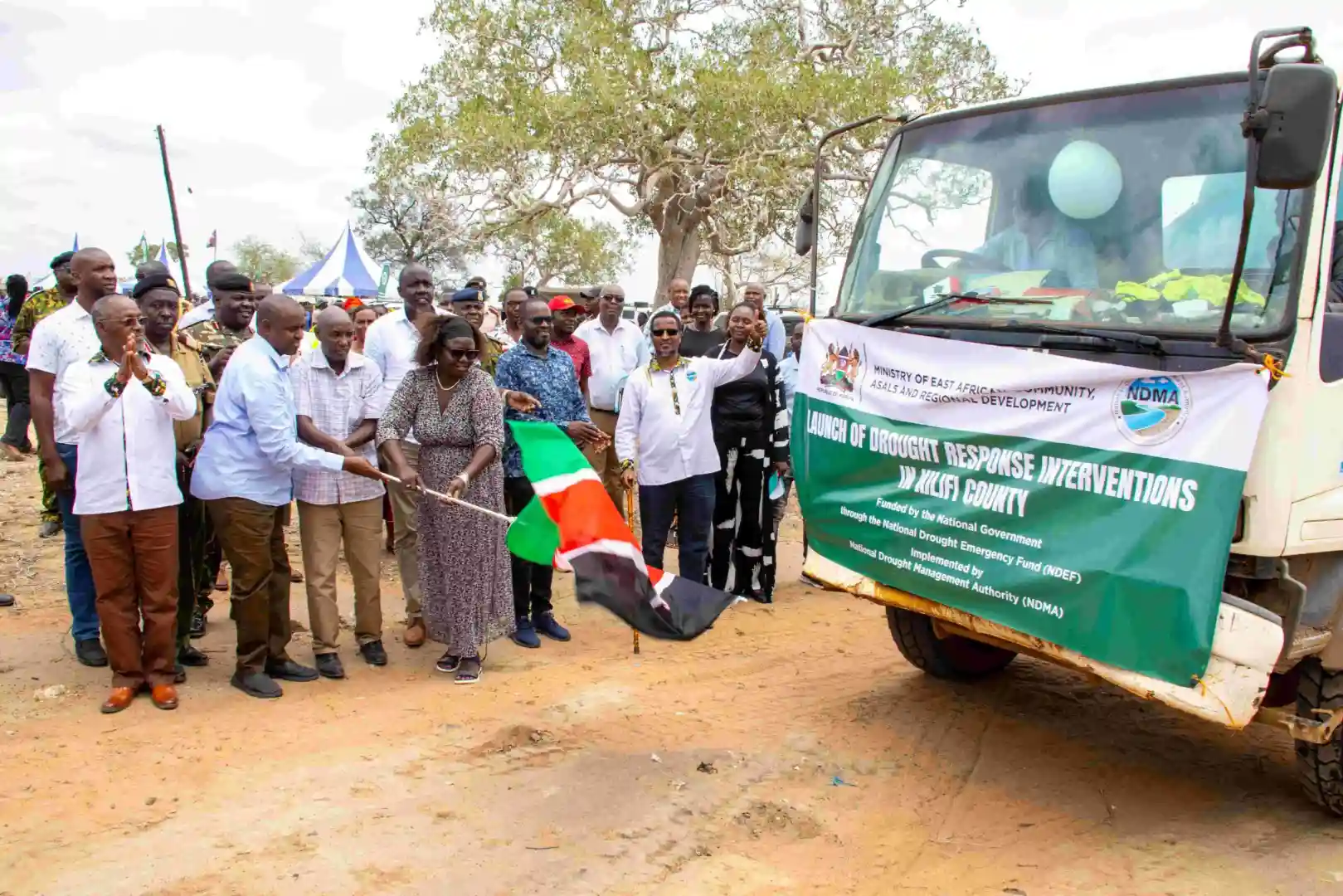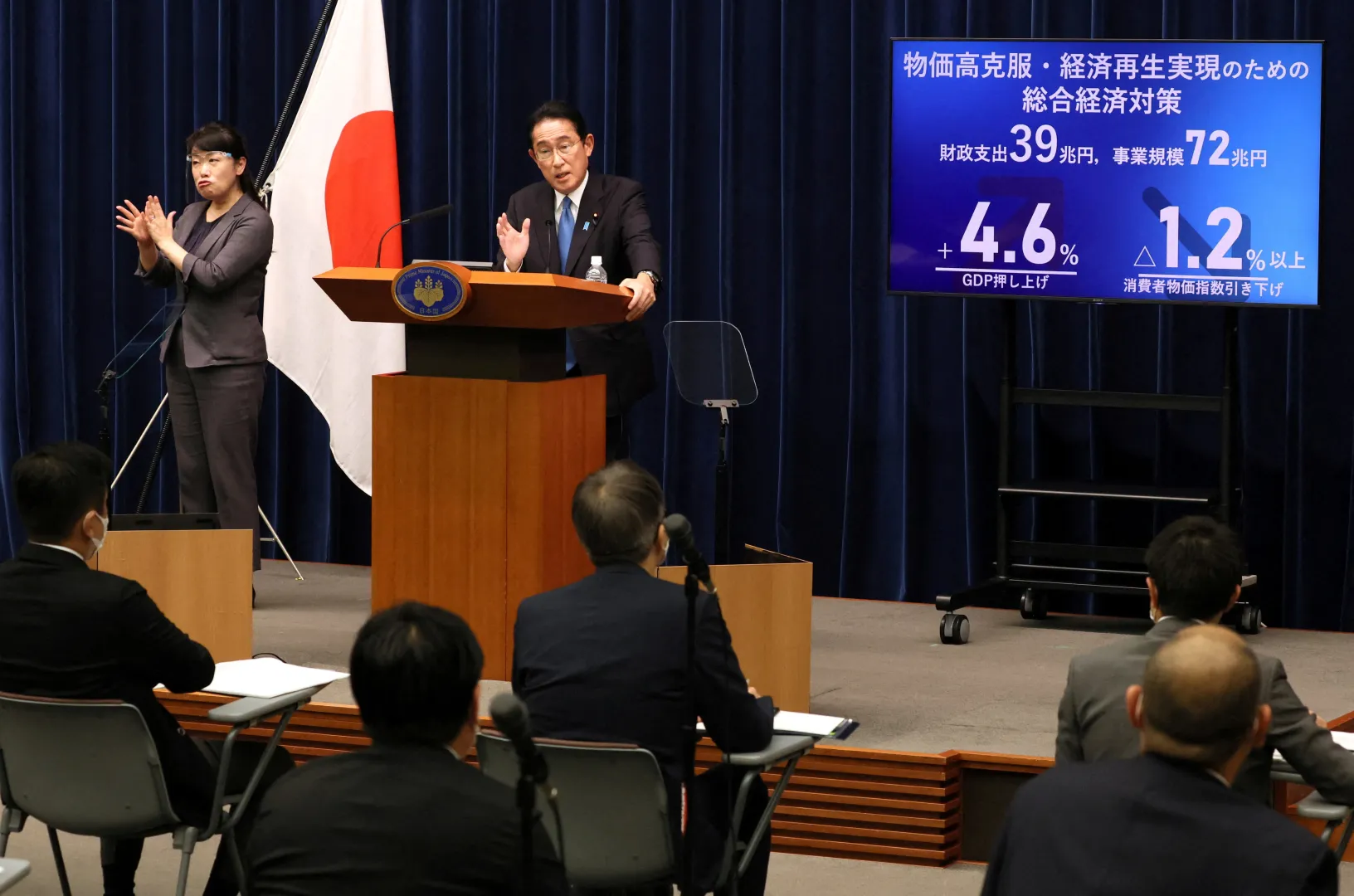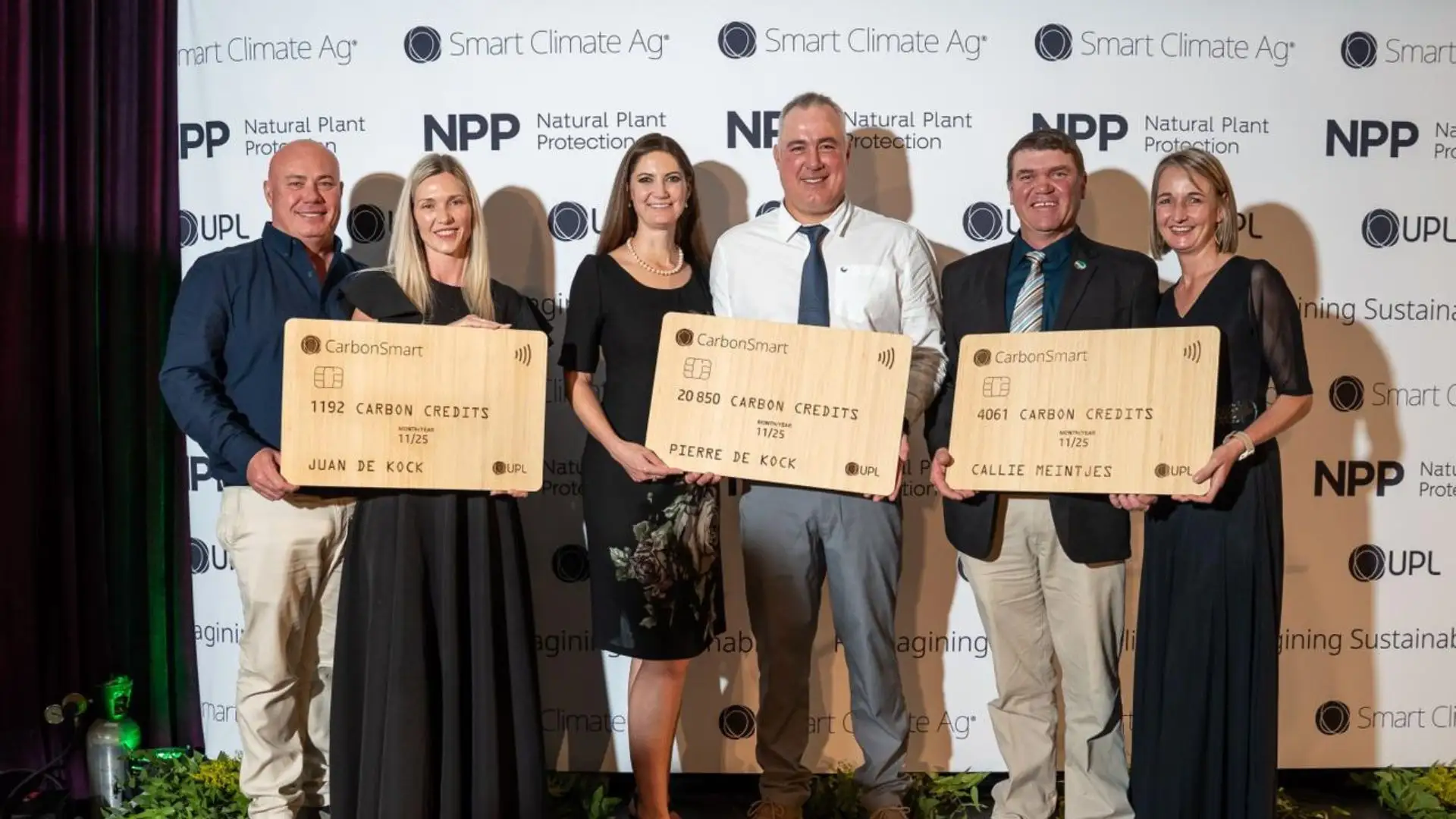In a significant move to support Kenya’s most vulnerable populations, the government has disbursed KSh 422,458,200 in cash transfers to 132,779 households across eight drought-prone counties under the Hunger Safety Net Programme (HSNP). This latest distribution, announced on September 22, 2025, represents a crucial lifeline for families struggling with the devastating effects of climate-related shocks in Kenya’s arid and semi-arid lands.
The disbursement, coordinated by the National Drought Management Authority (NDMA), provides each beneficiary household with a monthly stipend of KSh 2,700 to help meet basic needs such as food and other essentials. The programme represents one of the government’s flagship social protection initiatives under the broader Kenya Social and Economic Inclusion Project (KSEIP), implemented through the Inua Jamii programme.
Build the future you deserve. Get started with our top-tier Online courses: ACCA, HESI A2, ATI TEAS 7, HESI EXIT, NCLEX-RN, NCLEX-PN, and Financial Literacy. Let Serrari Ed guide your path to success. Enroll today.
Strategic Distribution Across Kenya’s Most Vulnerable Counties
The eight arid counties benefiting from this critical support include Mandera, Marsabit, Wajir, Turkana, Samburu, Isiolo, Garissa, and Tana River. These counties represent some of Kenya’s most climatically challenging regions, where recurrent droughts have persistently undermined livelihoods and coping capacities of local communities.
Turkana County received the largest allocation, with KSh 107,543,700 distributed to 39,831 households, reflecting both its size and the severity of challenges faced by its population. This was followed by Mandera County, which received KSh 59,688,900 for 22,107 households, and Marsabit County, allocated KSh 55,044,900 for 20,387 households.
The distribution also included Wajir County (KSh 51,761,700 for 19,171 households), Garissa County (KSh 24,885,900 for 9,217 households), Samburu County (KSh 21,918,600 for 8,118 households), Tana River County (KSh 19,788,300 for 7,329 households), and Isiolo County (KSh 17,871,300 for 6,619 households).
Understanding the Hunger Safety Net Programme’s Critical Role
The HSNP operates as an unconditional government cash transfer programme specifically designed to address the unique challenges faced by communities in Kenya’s arid and semi-arid lands (ASAL) regions. Since its inception in 2007, the programme has evolved to become one of Africa’s most innovative social protection initiatives, providing both regular support to chronically poor households and emergency assistance during climate-related disasters.
HSNP Chief Executive Officer Hared Adan emphasized the programme’s critical importance, stating that it plays a crucial role in supporting families to purchase food and meet basic needs while building resilience against drought shocks. The initiative is particularly vital for safeguarding livelihoods in drought-prone regions and ensuring food security for Kenya’s most vulnerable populations.
The programme operates under two distinct categories: Group 1 beneficiaries receive KSh 5,400 per household every two months, while Group 2 beneficiaries receive the monthly stipend of KSh 2,700 when drought or shock triggers are activated. This dual approach ensures both regular support for the chronically poor and rapid scaling during emergencies.
Integration Within Kenya’s Comprehensive Social Protection Framework
The HSNP forms a crucial component of Kenya’s National Safety Net Programme (NSNP), collectively called Inua Jamii. This comprehensive social protection framework includes four main cash transfer programmes: the Hunger Safety Net Programme, Older Persons Cash Transfer, Cash Transfers for Orphans and Vulnerable Children, and Persons with Severe Disability Cash Transfer.
Inua Jamii serves over 1.76 million beneficiaries across Kenya, representing the government’s flagship social protection strategy aimed at uplifting the lives of poor and vulnerable citizens through regular and reliable cash transfers. The programme has seen significant expansion, with President William Ruto directing the enrollment of approximately 500,000 additional beneficiaries since June 2024.
The integration of HSNP within the broader Inua Jamii framework demonstrates Kenya’s commitment to developing a comprehensive social protection system that addresses diverse vulnerabilities across different population groups and geographical regions. This approach ensures coordinated support for vulnerable households while maintaining operational efficiency and reducing administrative costs.
Advanced Payment Systems and Accessibility
The HSNP has implemented sophisticated payment mechanisms to ensure beneficiaries can access their funds efficiently and securely. Recipients can access their stipends through Kenya Commercial Bank and Equity Bank branches and agents across their respective counties. The programme has also integrated mobile money solutions, allowing beneficiaries to access funds through M-PESA agents using USSD code *222# for enhanced convenience.
All beneficiaries maintain bank accounts linked to debit cards operated through biometrics, including fingerprint information and identifying photographs. This biometric verification system ensures secure access to funds while preventing fraud and ensuring payments reach intended recipients.
The NDMA has established a comprehensive network of payment points across the target counties, including partnerships with local banks and mobile money agents. This infrastructure development has been crucial in reaching remote communities where traditional banking services are limited or non-existent.
Historical Context and Programme Evolution
The HSNP began as an innovative pilot programme in 2009, initially focusing on four of Kenya’s most drought-affected counties: Marsabit, Mandera, Turkana, and Wajir. The programme was designed to address the cyclical nature of poverty in these regions, where recurrent droughts often force families to depend on emergency food aid or sell livestock to afford food, creating a vicious cycle of vulnerability.
The first phase tested various targeting mechanisms, delivering regular cash transfers to 69,000 households across the four counties. Following successful evaluation results, the programme scaled up significantly in its second phase (2013-2019), reaching up to 101,800 households with regular payments and providing emergency payments to a much wider population during severe droughts.
The current third phase, launched in April 2019 under the Kenya Social and Economic Inclusion Project (KSEIP), has expanded coverage to eight counties and aims to support over 133,000 households regularly, with the capacity to reach up to 750,000 households during drought emergencies.
One decision can change your entire career. Take that step with our Online courses in ACCA, HESI A2, ATI TEAS 7, HESI EXIT, NCLEX-RN, NCLEX-PN, and Financial Literacy. Join Serrari Ed and start building your brighter future today.
Impact Assessment and Beneficiary Outcomes
Comprehensive evaluations of the HSNP have demonstrated significant positive impacts on beneficiary households and communities. Oxford Policy Management’s evaluation of the programme revealed that beneficiaries across the four original counties use the cash transfers to improve food security, invest in livestock, support children’s education, and build household assets.
The programme has proven particularly effective in stabilizing household food consumption and freeing up resources for sustainable investments in livelihoods and human capital development. During drought periods, the emergency scaling mechanism has helped prevent the severe coping strategies that previously characterized these communities’ responses to climate shocks.
Research findings indicate that the programme has contributed to improved nutritional outcomes, particularly for children and pregnant mothers, while also supporting local economic development through increased purchasing power in beneficiary communities. The regular cash flows have enabled households to maintain dignity and avoid some of the most harmful coping mechanisms associated with extreme poverty.
Climate Resilience and Disaster Risk Management
The HSNP’s innovative design addresses both chronic poverty and acute climate-related vulnerabilities, making it a critical component of Kenya’s climate resilience strategy. The programme’s ability to rapidly scale up during emergencies provides a crucial buffer against climate shocks that have become increasingly frequent and severe due to climate change.
Kenya’s arid and semi-arid lands cover approximately 80% of the country’s landmass but are home to about 36% of the population and 70% of the national livestock herd. These regions experience high climate variability, with frequent droughts alternating with occasional floods, creating persistent food insecurity and livelihood challenges.
The programme’s drought-responsive design includes sophisticated early warning systems that trigger emergency payments when climate indicators reach predetermined thresholds. This approach ensures rapid response to emerging crises while maintaining regular support for chronically vulnerable households.
Targeting Mechanisms and Beneficiary Selection
The HSNP employs rigorous targeting mechanisms to ensure resources reach the most vulnerable households. The selection process combines community-based targeting with objective proxy means testing, using predetermined socio-economic parameters to generate Household Livelihood Condition Scores.
Eligible households typically include those that cannot afford to meet basic expenses including regular nutritious food, adequate housing, and sanitation; lack assets to earn sufficient income even in good years; are vulnerable to deeper poverty during extreme shocks; and are likely to engage in harmful coping strategies such as asset sales or child labor.
The programme prioritizes households with elderly members without adult labor support, those affected by long-term illness or severe disability, and families lacking capacity to participate in productive programs. This targeting approach ensures support reaches those most in need while building long-term resilience.
International Partnership and Funding Architecture
The HSNP operates through a sophisticated funding partnership involving the Government of Kenya, international development partners, and multilateral institutions. The programme has received significant support from UK’s Foreign, Commonwealth & Development Office (FCDO), the World Bank’s International Development Association, and other development partners.
Under the current KSEIP framework, funding is delivered through a Disbursement Linked Indicators (DLI) approach, where the World Bank releases funds upon achievement of pre-agreed targets. This results-based financing mechanism ensures accountability while maintaining flexibility for programme implementation.
The Government of Kenya has demonstrated increasing ownership of the programme, with domestic contributions growing significantly over successive phases. This trend toward greater government ownership ensures sustainability and reflects Kenya’s commitment to social protection as a national priority.
Challenges and Adaptive Management
Despite its successes, the HSNP faces ongoing challenges including climate variability, infrastructure constraints in remote areas, and coordination complexities across multiple implementing partners. The programme has demonstrated remarkable adaptability, continuously refining its approaches based on lessons learned and changing contexts.
Recent challenges have included ensuring adequate funding for expanded coverage, managing the integration of new counties, and maintaining service quality across diverse geographical and cultural contexts. The programme’s management team has responded through enhanced monitoring systems, strengthened partnerships with local organizations, and continuous capacity building initiatives.
The COVID-19 pandemic presented additional challenges, requiring adaptations to payment systems and beneficiary verification processes while maintaining health safety protocols. These experiences have strengthened the programme’s resilience and adaptability for future shock response.
Future Directions and Sustainability Planning
Looking ahead, the HSNP aims to graduate targeted households out of poverty while improving nutrition status for pregnant mothers and children under 1,000 days of age. The programme is also working toward full Government of Kenya ownership and financing to ensure sustainability beyond international support.
Plans include enhanced integration with other government programmes, strengthened links to productive activities and livelihood support, and continued expansion to additional vulnerable counties. The programme’s evolution reflects Kenya’s broader social protection agenda and commitment to leaving no one behind in national development efforts.
The HSNP’s experience provides valuable lessons for other countries developing social protection systems in challenging environments, demonstrating how innovative design, strong partnerships, and adaptive management can create effective safety nets for the most vulnerable populations.
As Kenya continues to face climate challenges and socio-economic vulnerabilities, the HSNP remains a cornerstone of the country’s efforts to build resilience, reduce poverty, and ensure that all citizens can access basic needs and opportunities for improved livelihoods. The recent disbursement of KSh 422 million represents not just immediate relief, but an investment in the long-term stability and prosperity of Kenya’s most vulnerable communities.
Ready to take your career to the next level? Join our Online courses: ACCA, HESI A2, ATI TEAS 7 , HESI EXIT , NCLEX – RN and NCLEX – PN, Financial Literacy!🌟 Dive into a world of opportunities and empower yourself for success. Explore more at Serrari Ed and start your exciting journey today! ✨
Track GDP, Inflation and Central Bank rates for top African markets with Serrari’s comparator tool.
See today’s Treasury bonds and Money market funds movement across financial service providers in Kenya, using Serrari’s comparator tools.
photo source: Google
By: Montel Kamau
Serrari Financial Analyst
23rd September, 2025
Article, Financial and News Disclaimer
The Value of a Financial Advisor
While this article offers valuable insights, it is essential to recognize that personal finance can be highly complex and unique to each individual. A financial advisor provides professional expertise and personalized guidance to help you make well-informed decisions tailored to your specific circumstances and goals.
Beyond offering knowledge, a financial advisor serves as a trusted partner to help you stay disciplined, avoid common pitfalls, and remain focused on your long-term objectives. Their perspective and experience can complement your own efforts, enhancing your financial well-being and ensuring a more confident approach to managing your finances.
Disclaimer: This article is for informational purposes only and does not constitute financial advice. Readers are encouraged to consult a licensed financial advisor to obtain guidance specific to their financial situation.
Article and News Disclaimer
The information provided on www.serrarigroup.com is for general informational purposes only. While we strive to keep the information up to date and accurate, we make no representations or warranties of any kind, express or implied, about the completeness, accuracy, reliability, suitability, or availability with respect to the website or the information, products, services, or related graphics contained on the website for any purpose. Any reliance you place on such information is therefore strictly at your own risk.
www.serrarigroup.com is not responsible for any errors or omissions, or for the results obtained from the use of this information. All information on the website is provided on an as-is basis, with no guarantee of completeness, accuracy, timeliness, or of the results obtained from the use of this information, and without warranty of any kind, express or implied, including but not limited to warranties of performance, merchantability, and fitness for a particular purpose.
In no event will www.serrarigroup.com be liable to you or anyone else for any decision made or action taken in reliance on the information provided on the website or for any consequential, special, or similar damages, even if advised of the possibility of such damages.
The articles, news, and information presented on www.serrarigroup.com reflect the opinions of the respective authors and contributors and do not necessarily represent the views of the website or its management. Any views or opinions expressed are solely those of the individual authors and do not represent the website's views or opinions as a whole.
The content on www.serrarigroup.com may include links to external websites, which are provided for convenience and informational purposes only. We have no control over the nature, content, and availability of those sites. The inclusion of any links does not necessarily imply a recommendation or endorsement of the views expressed within them.
Every effort is made to keep the website up and running smoothly. However, www.serrarigroup.com takes no responsibility for, and will not be liable for, the website being temporarily unavailable due to technical issues beyond our control.
Please note that laws, regulations, and information can change rapidly, and we advise you to conduct further research and seek professional advice when necessary.
By using www.serrarigroup.com, you agree to this disclaimer and its terms. If you do not agree with this disclaimer, please do not use the website.
www.serrarigroup.com, reserves the right to update, modify, or remove any part of this disclaimer without prior notice. It is your responsibility to review this disclaimer periodically for changes.
Serrari Group 2025












